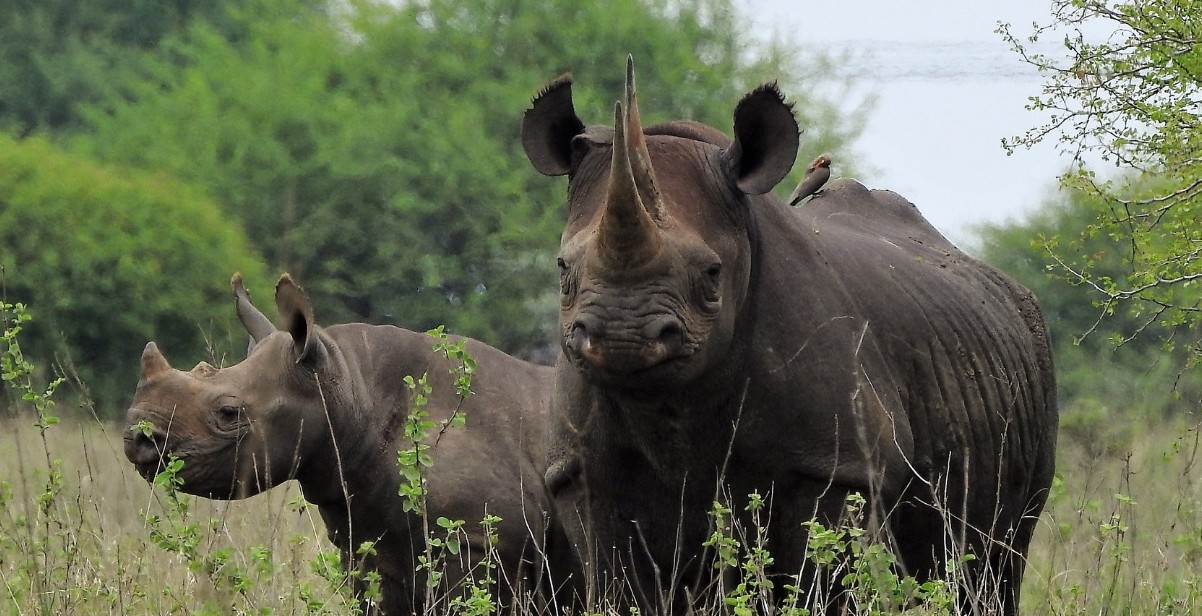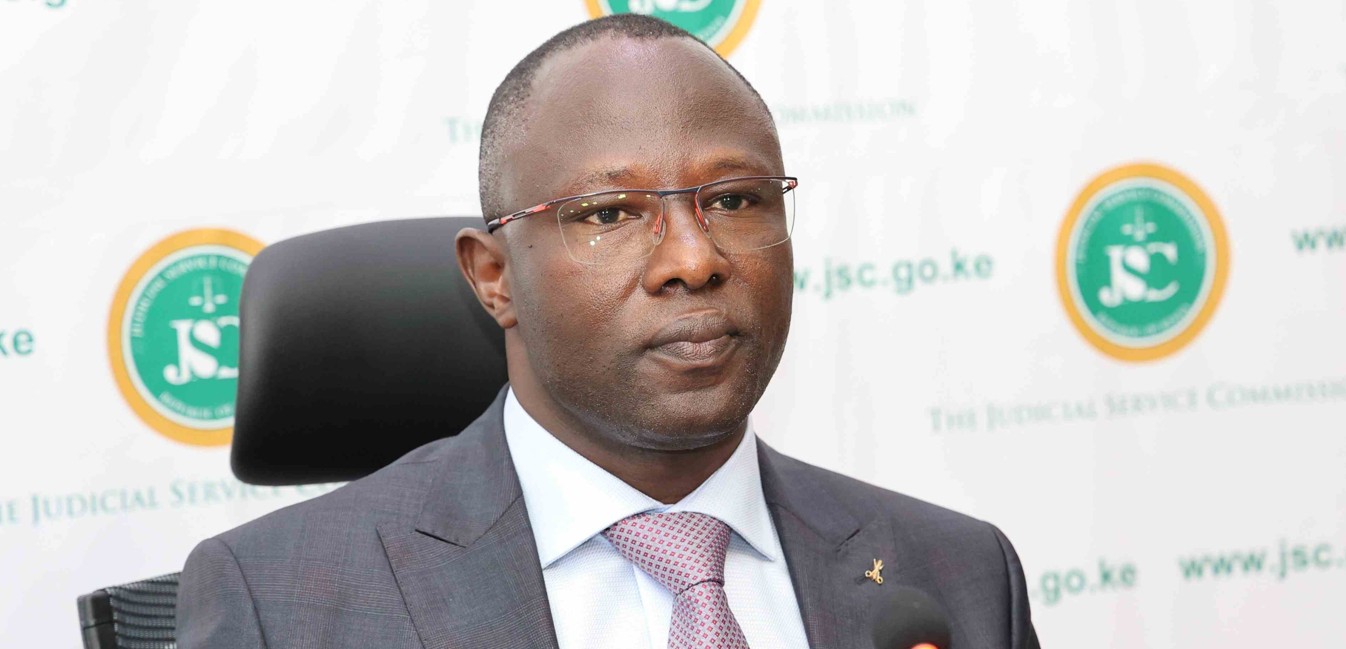Kenya sees sluggish growth in high-net-worth individuals amid economic headwinds – Knight Frank

Knight Frank attributes the slow growth to challenges stemming from a decelerating economy and mounting fiscal pressures during the review period.
Kenya experienced only modest growth in its population of High-Net-Worth Individuals (HNWIs) in 2024, according to a new survey by real estate consultancy Knight Frank.
The report shows that the number of HNWIs increased by less than 10 per cent between 2024 and 2025. In terms of wealth expansion, only 17 per cent of respondents reported a rise of between 11 and 20 per cent, while none noted an increase exceeding 70 per cent, signalling a subdued momentum among the country’s wealthiest individuals.
More To Read
- Why Kenyans have to wait longer to feel real benefits of strengthening shilling
- Kenya’s economic growth to be powered by women and diaspora remittances -Report
- Kenya’s economy projected to grow by 5 per cent in 2025, easing cost of living pressures
- Billow Kerrow: Kenya's economic growth reliant on Ruto's fight against graft
- Africa set for stronger growth in 2025 as global prospect remains subdued- report
- Analysis: Kenyan shilling marks first year-on-year gain in four years in 2024
Knight Frank defines a High-Net-Worth Individual as someone with a net worth of at least US$1 million (approximately Sh130 million at the current exchange rate).
The consultancy attributes the slow growth to challenges stemming from a decelerating economy and mounting fiscal pressures during the review period.
“Kenya’s economic expansion slowed in 2024, with GDP growth moderating to 4.0 per cent year-on-year in Q3 2024, down from 6.0 per cent in the corresponding period of 2023,” the report states.
“Key sectors vital to wealth creation, such as construction (-2.0 per cent) and mining and quarrying (-11.1 per cent), contracted significantly, limiting opportunities for rapid capital accumulation among emerging HNWIs.”
The report also cites financial hardship and episodes of social unrest as further contributors to the sluggish pace of wealth generation.
Revised downward
According to the World Bank, Kenya’s 2024 GDP growth forecast was revised downward to 4.7 per cent from an initial 5.0 per cent, owing to fiscal constraints, severe flooding, and widespread anti-government protests.
The unrest, particularly in June 2024, which followed the introduction of controversial tax hikes under the Finance Bill, led to market instability, disruptions, and occasional volatility, undermining investor confidence and hindering wealth creation.
At the top tier of the wealth pyramid, only six per cent of respondents identified as Ultra-High-Net-Worth Individuals (UHNWIs) managing portfolios in excess of US$1 billion (around Sh130 billion).
“This figure reflects the small number of UHNWIs in Kenya, a typical trend in emerging markets where extreme wealth is concentrated among a few,” the report notes.
An Ultra-High-Net-Worth Individual is defined as someone with a net worth of US$30 million (Sh3.9 billion) or more. Such individuals often hold globally diversified portfolios and major stakes in key Kenyan corporations.
Cautious optimism
Looking ahead, there is cautious optimism among Kenya’s high-net-worth elite. Nearly half (48 per cent) of survey respondents anticipate only marginal increases in wealth in 2025, citing heavy taxation and ongoing fiscal pressure as impediments to business confidence and profit growth.
Knight Frank observes that the current climate of fiscal tightening and economic uncertainty curtails the potential for significant profit gains among its clientele.
“Despite favourable growth forecasts, Kenya continues to grapple with a persistent budget deficit and high levels of external debt. These challenges compel the government to pursue conservative fiscal strategies, which in turn slow the pace of wealth creation,” the report adds.
Nonetheless, while nearly half of the respondents expect modest gains, none foresee a major decline, reflecting a measure of confidence in the country’s long-term economic fundamentals.
The National Treasury projects economic growth for the 2025/26 financial year to hover around 5.3 per cent, buoyed by a resilient private sector and proactive monetary policies.
Recent policy moves, including the Central Bank’s decision to lower its benchmark interest rate to 10 per cent from a previous high of 13 per cent, are expected to stimulate private sector credit uptake and overall economic activity.
Top Stories Today













































